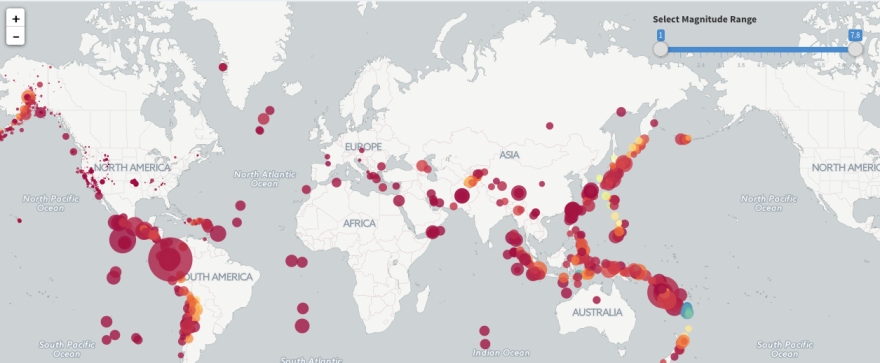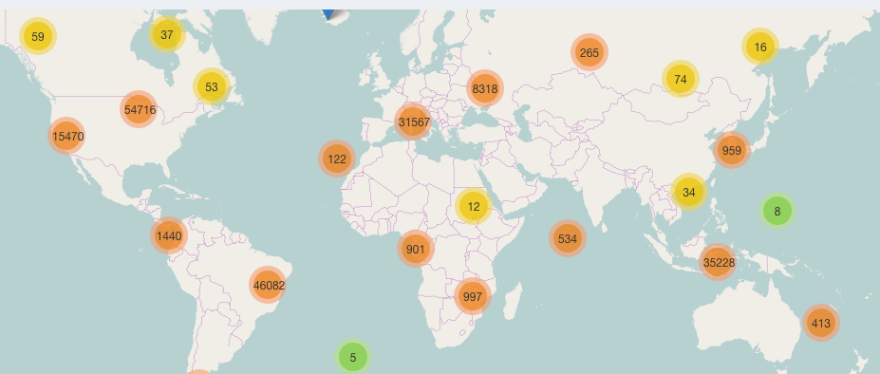What’s the problem?
The issue of biased information is a societal issue which influences all of us. Examples include the recent European referendum vote in the UK, and the US presidential election. There has been a surge in the number of resources online that are misleading or false. A recent white paper described the ability of learners to assess such information sources as “dismaying,” “bleak” and “[a] threat to democracy.”. Teaching facilitators have the ability and responsibility to educate their learners, not only in their areas of expertise, but also teach them how to think in a balanced way about the information they consume. While this has long been the role of educational institutions to nurture such skills, the means to do so need to evolve in pace with the ecosystem that our students are learning in.
While critical thinking is often implicitly integrated, or assumed in education, SuSPECT helps make critical thinking in education explicit, which then enables a better understanding of its importance in other domains like assessing online information.
What are we doing about it?
As a response, this project addresses how to help students critically evaluate and respond to online resources. SuSPECT is a short project funded by the Leiden-Delft-Erasmus Centre for Education and Learning, running from March 2017-March 2018. SuSPECT is a project aimed at helping learners develop more balanced thinking for materials they find online. This approach evaluates the efficacy of debate in the classroom, by building on the existing rbutr online argumentation system. This project aims to help learners not only assess the veracity of online resources, but also develop more nuanced and balanced thinking.
No really, this is what we are DOING about it.
- Improving the Rbutr system to suggest timely rebuttals, and to use crowd sourcing to annotate potential rebuttals. The use case is a person who finds a website and wants to find rebuttals for it. This part of the system mines twitter and Reddit for occurrences of this specific URL and responses that contain other URLs. This user then annotated these URLs are rebuttals/contrary/irrelevant. These are then further used to rank potential results for other users who look for the same URL later. We are in the processes of hiring a developer to work on this task.
- Working with lecturers to include debate in their curriculum. We have been discussing how to introduce the use of Rbutr and debate into two courses: IT & Values (Delft); Ethics, Culture, and Biotechnology (Leiden). We are also in deliberation with the Erasmus institute (Rotterdam) on how the intervention may be introduced to a MOOC called Deception Detox. Each course has a different curriculum and learning outcomes, which results in interesting differences in courses.
For example, IT & Values is expected to have a large number (~100) of students, which means that several tutorial groups will discuss the same topic in parallel and may support each other with materials via Rbutr.
Ethics, Culture, and Biotechnology is contrast more condensed, giving us the opportunity to experiment with a flipped classroom approach where students prepare their arguments ahead of time. Lecturers in each course prepare resources as a basis for debate (both for and against), but in the case of the flipped classroom this puts the bar higher. It also raises the bar for training the students in debate with validated resources before they do their own research (e.g., using Rbutr).
- Doing experiments. Together with colleagues at EPFL we are investigating the impact of teaching students about critical thinking (short presentation on the Baloney Kit) on their opinions on typical debate topics online (such as vaccines causing autism). Students voted for topics using a mobile-based voting tool (SpeakUp), and we already see some promising results for this very short and simple intervention. Asking students to debate appears to help more students think critically, although this does not seem to be the case for students with strong opinions. We are currently writing up the results, and look forward to sharing these with you. We also have loads of other ideas for experiments, so let us know if you want to collaborate (we have some small funds for running experiments).
Looking forward to share the progresses on all of these aspects with you soon!
Nava and the team



